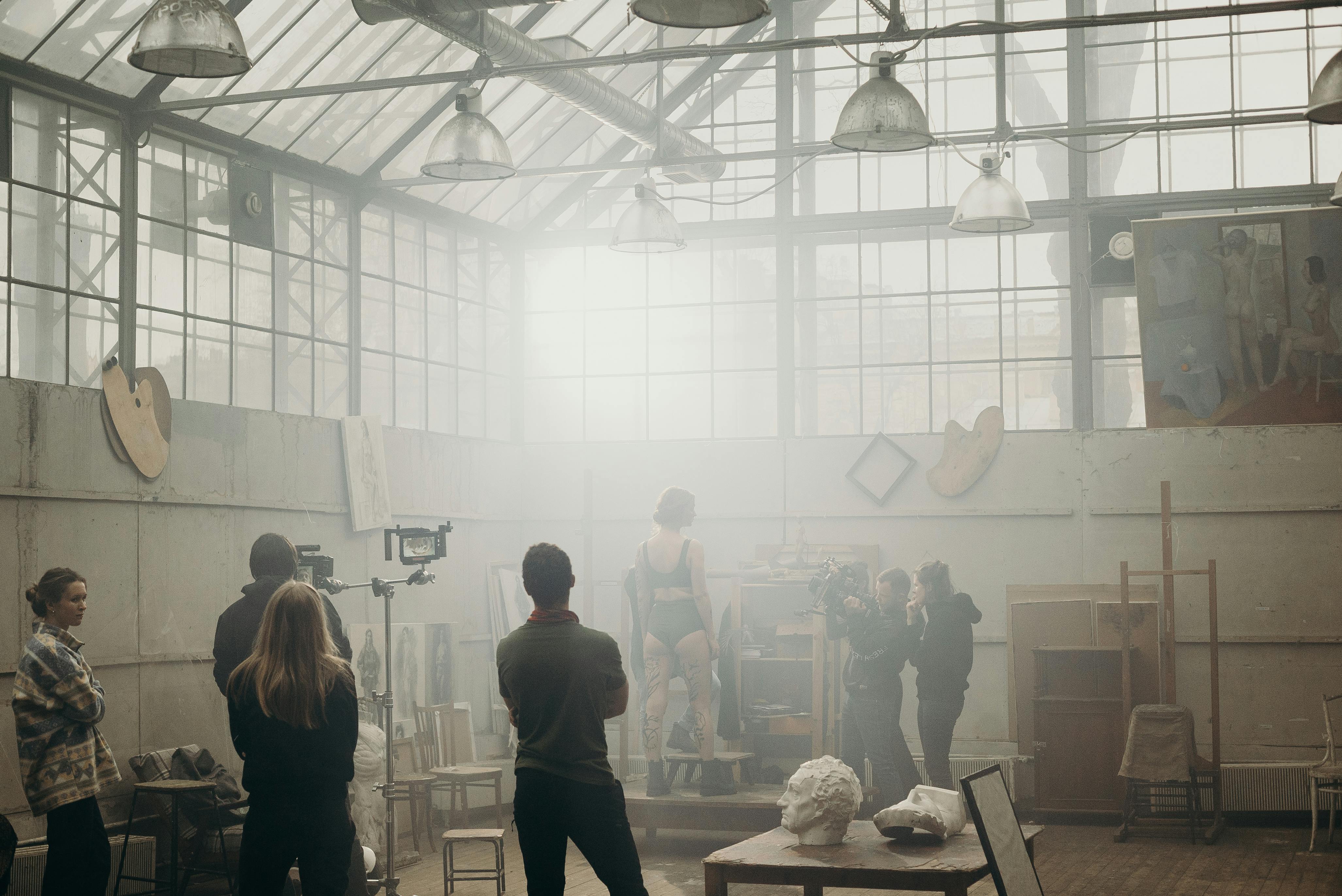
There has been a lot of push for the disaster rescue robotic system with many entrants in a DARPA Challenge in 2013. Google X and other contestants presented their best versions of robotic systems for problem solving, opening doors, climbing ladders, tying knots, closing gas lines and avoiding obstacles. These robotic systems are loaded with high-tech software, artificial intelligence, and a variety of sensors to perform these tasks, along with streaming video for their human counterparts. Why not add a couple more features to make them really useful? let’s talk yes?
There was a valuable article in NASA Tech Briefs in the September 2017 issue titled; “Occupancy Detection Using Wi-Fi Routers,” by the National Renewable Energy Laboratory, Golden, CO, which stated;
“NREL researchers have discovered innovative ways to use a building’s existing Wi-Fi network to determine occupancy within the building. Leveraging the beamforming features of modern routers allows occupancy to be determined by tracking the direction of the signal and the strength of wireless device connections within a building.”
Once the WiFi determines that there are no people in the building, it dims the lights, turns off the air conditioners, and goes into low power mode to save energy. In fact, this is a perfect use for such technology; Still, what if we found an even better use for this technology?
What if we coupled this wireless direct current to charge smartphone batteries and put it all in a little disaster rescue robot to search through the rubble for earthquake survivors? Once the robot’s WiFi sensors detected the individual victim, they could send a current to charge their smartphone’s depleted battery, allowing them to open lines of communication with rescuers.
Moving debris is dangerous for anyone inside, as it could easily be crushed even if it had survived the original collapse. Finding them is the hard part, but opening lines of communication is the next thing, as two-way communication will make the rescue much safer for the survivors. These new ideas can make all the difference.
Now, I have noticed that many military technology transfer technologies have helped in this field of ‘disaster robotics’, yet often academics are not interested in working with military technology, for reasons of personal ethics, and while I understand that, I really do, I still believe that there is nothing more noble than using your brain to protect the country and citizens. Now, however, these robotic techno-wizards have a new calling: disaster relief robots. And judging by the wildfires, hurricanes, floods, earthquakes, and tornadoes of 2017, I’d say this is another very noble calling.
In fact, let’s hope they take this advice and combine these new systems with their current disaster robotics for a stronger rescue ratio.